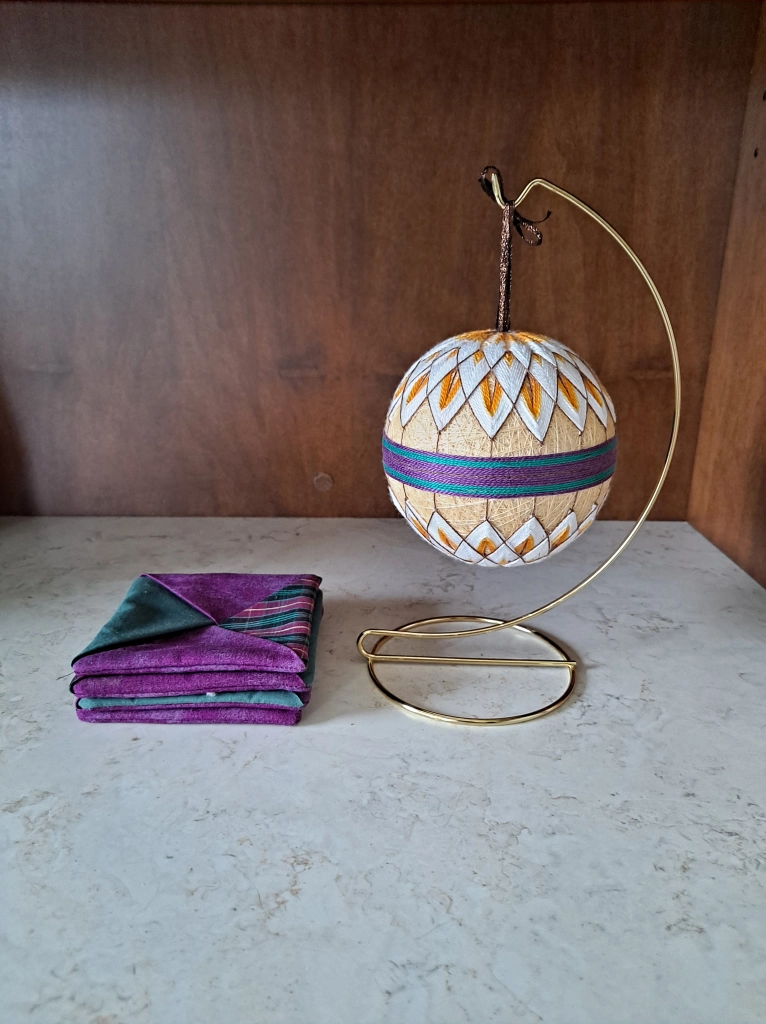Researchers who follow Genealogy for German Lutherans in Suwalki Province deal with languages, translations, and misinterpretations.
The following is a true story about translations:
After our four-day Family History Tour to 23 ancestral villages, I sent the following thank you to our tour guides, both the man I had contracted with and two of the local women guides he had contacted. Although I paid them in litas, the Lithuanian currency at that time, which they did not want to take, I wanted to give them something more personal. Keeping in mind, the limitations of English among rural people, I wrote carefully in English.
Thank you for being a wonderful tour guide for my husband and me in Lithuania in July 2013. I made the coasters for you from pieces left over from quilts. The ball is Japanese and is called a temari ball. I made that for you also. We will never forget the kindness of the people we met. I hope to return to your country one day.
Using Google Translate, this is the note I sent, separate from the package.
This is the reply I received:
Google translation is confusing. However, I’m confused too because the word “coaster” according available dictionaries can be: 1. Type of ship 2. Person riding from the hill. 3. A tray for bottle. Also Google translated “quilt” as meaning for the blanket. For me it is pretty confusing… So tell me: what in this context is the coaster and is this coaster in a ball form?
So what did I send?

There are many lessons for researchers: among them have a sense of humor, never stop trying,
and be as clear as possible.
The next post will be the 9th Anniversary post for Genealogy for German Lutherans in Suwalki Province.
